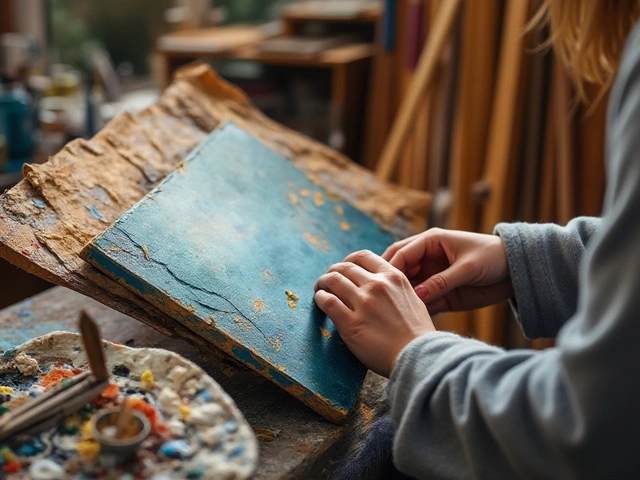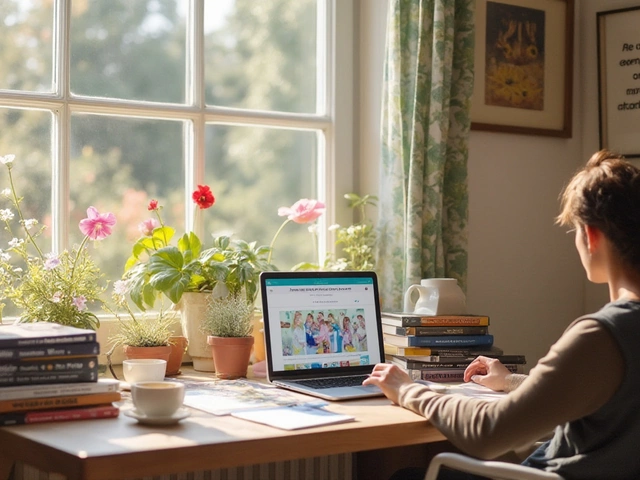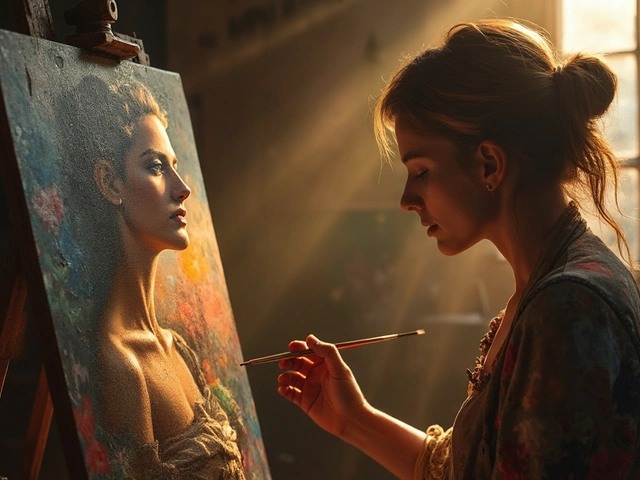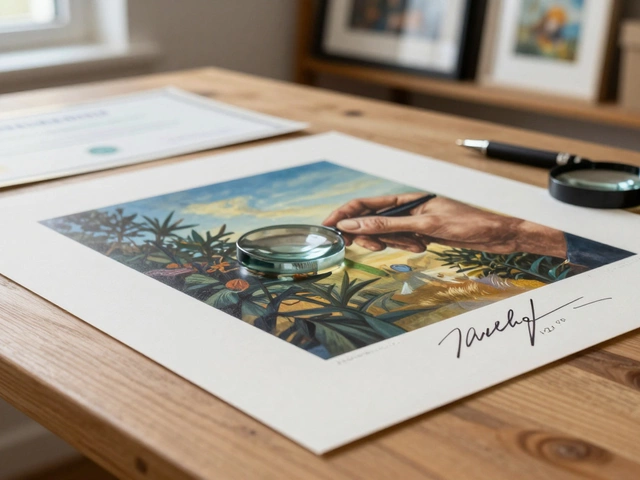Art Gallery Tips for Curators, Artists, and Visitors
When working with art galleries, spaces that showcase visual art to the public, either in brick‑and‑mortar locations or online platforms. Also known as gallery spaces, they act as bridges between creators and audiences. The right set of art gallery tips can turn a modest show into a community event, help artists earn fair fees, and keep visitors coming back for more.
Planning Exhibitions That Work
Every successful show starts with solid exhibitions, curated groupings of artworks presented around a theme, medium, or concept. An exhibition needs a clear concept, a realistic budget, and a timeline that aligns with artist production schedules. Budgeting isn’t just about wall space; it includes lighting, transport, insurance, and promotion. When you map out dates early, you give artists enough lead time to create or ship pieces, which in turn avoids last‑minute scrambling.
Choosing the right curator, the professional who selects, organizes, and interprets artworks for an exhibition is the next critical step. A curator brings narrative focus, decides which pieces complement each other, and writes the wall text that guides visitors. Good curators also think about flow – how a viewer moves from one work to the next – and they balance bold statements with quieter moments. Their expertise turns a random collection into an engaging story.
Once the concept and team are set, marketing takes center stage. Social media posts, local press releases, and email newsletters all point back to the same message: why this show matters now. Strong visuals, behind‑the‑scenes stories, and artist interviews raise curiosity and drive foot traffic. Remember to tag the artists and any partner venues; cross‑promotion expands reach without extra cost.
Artist compensation is a topic that often sparks debate. Clear contracts that outline fees, percentage splits on sales, and any additional costs keep relationships healthy. Museums and larger galleries sometimes pay a flat exhibition fee; smaller spaces often share a commission. Knowing the standard ranges – anywhere from a few hundred pounds for emerging shows to a percentage of sales for established artists – helps both parties negotiate fairly.
Display techniques also matter. Proper lighting can make a watercolor pop and a sculpture command attention. Adjustable hanging systems let you experiment with height and spacing, while modular walls allow quick reconfigurations. For digital art, consider calibrated screens and secure projection setups. Even simple signage with artist bios and work titles adds professionalism and educates visitors.
Finally, gather feedback after each event. Visitor surveys, social media comments, and sales data reveal what worked and what didn’t. Use that insight to refine your next exhibition plan, tweak marketing language, and improve the gallery’s overall experience. With these practical art gallery tips in your toolkit, you’ll create shows that attract crowds, support artists, and build a vibrant cultural hub.
Below you’ll find a curated selection of articles that dive deeper into each of these areas, from monetizing digital art to understanding museum payment structures. Browse the list and pick the tips that match your current challenge.

Kicking off your art exhibition journey can be exciting yet daunting. In this article, find practical tips for artists eager to showcase their creations. From finding the right gallery fit to promoting your work effectively, discover how to make your art stand out. Learn about crafting an engaging portfolio and the importance of networking in the art scene.





